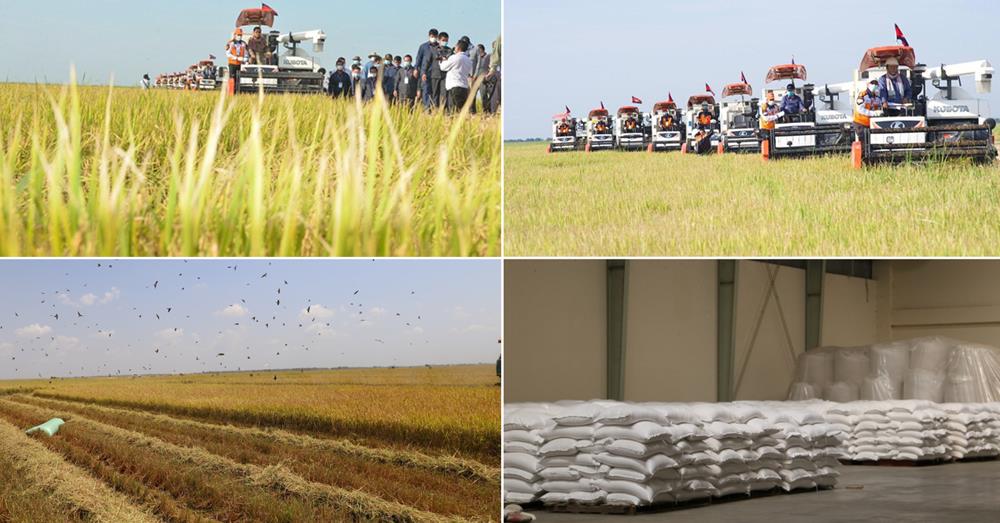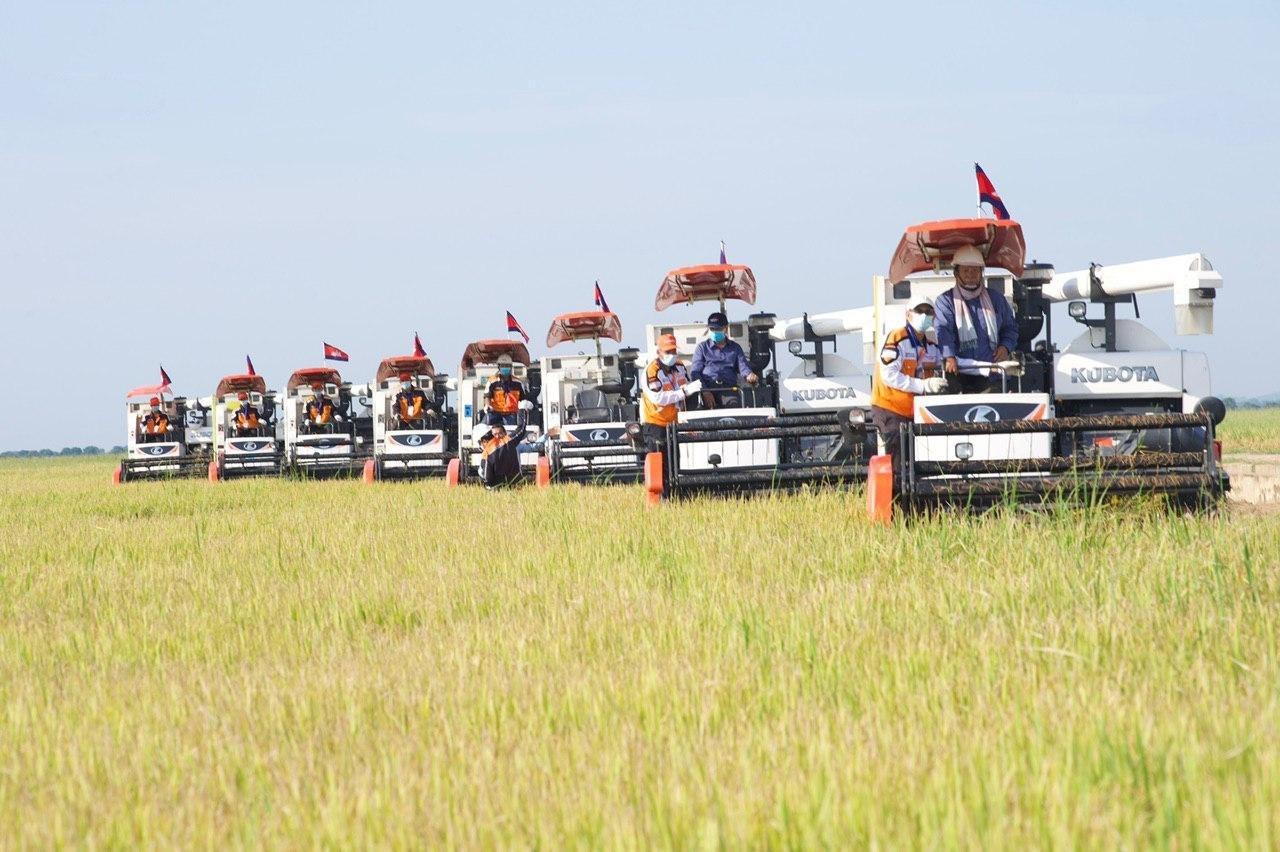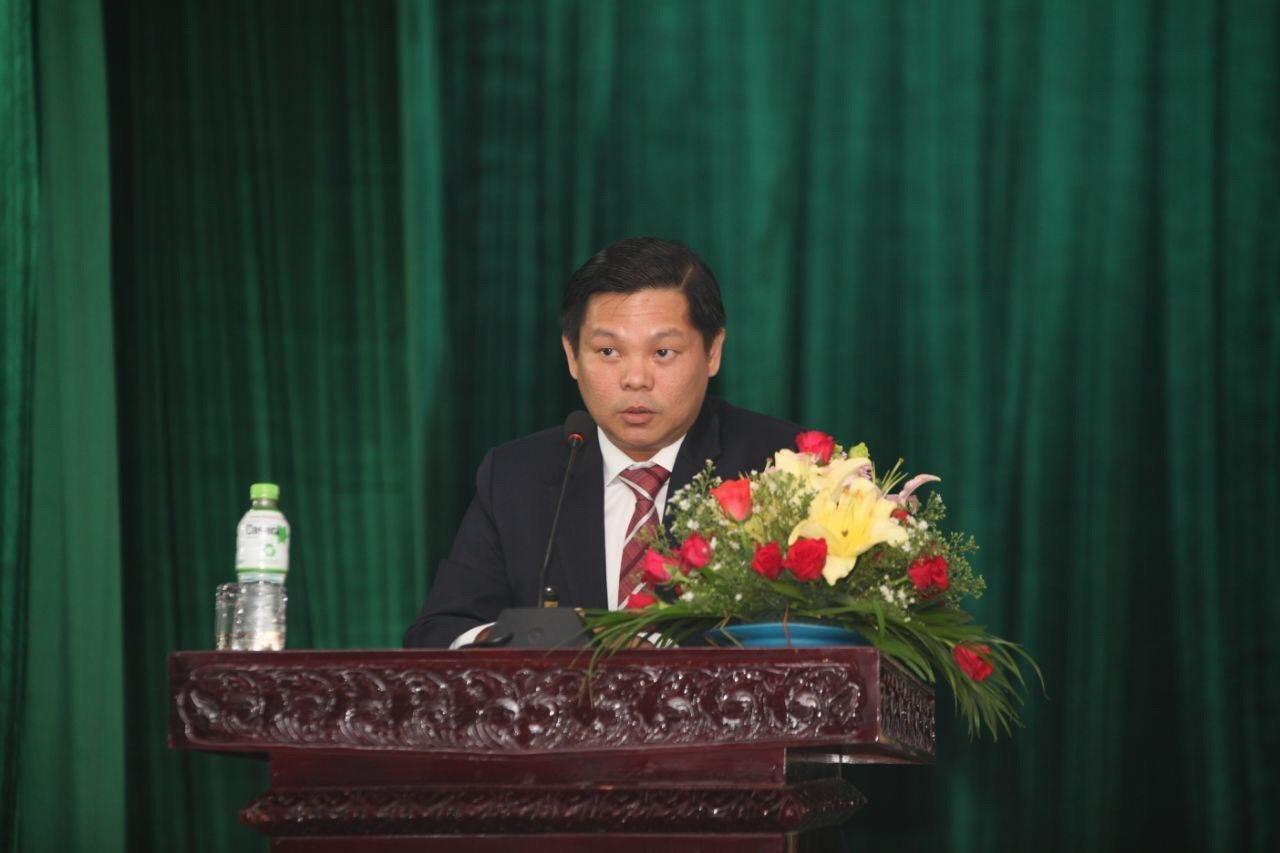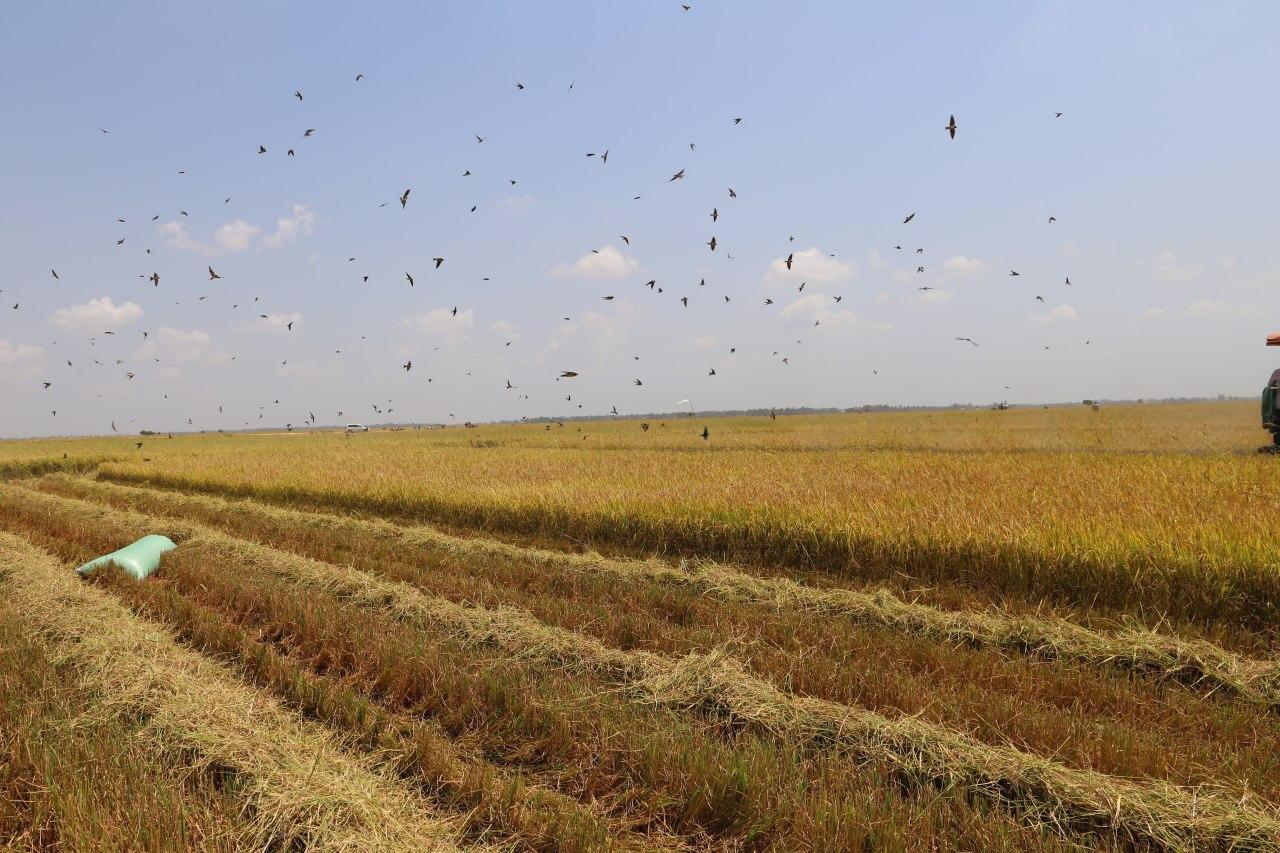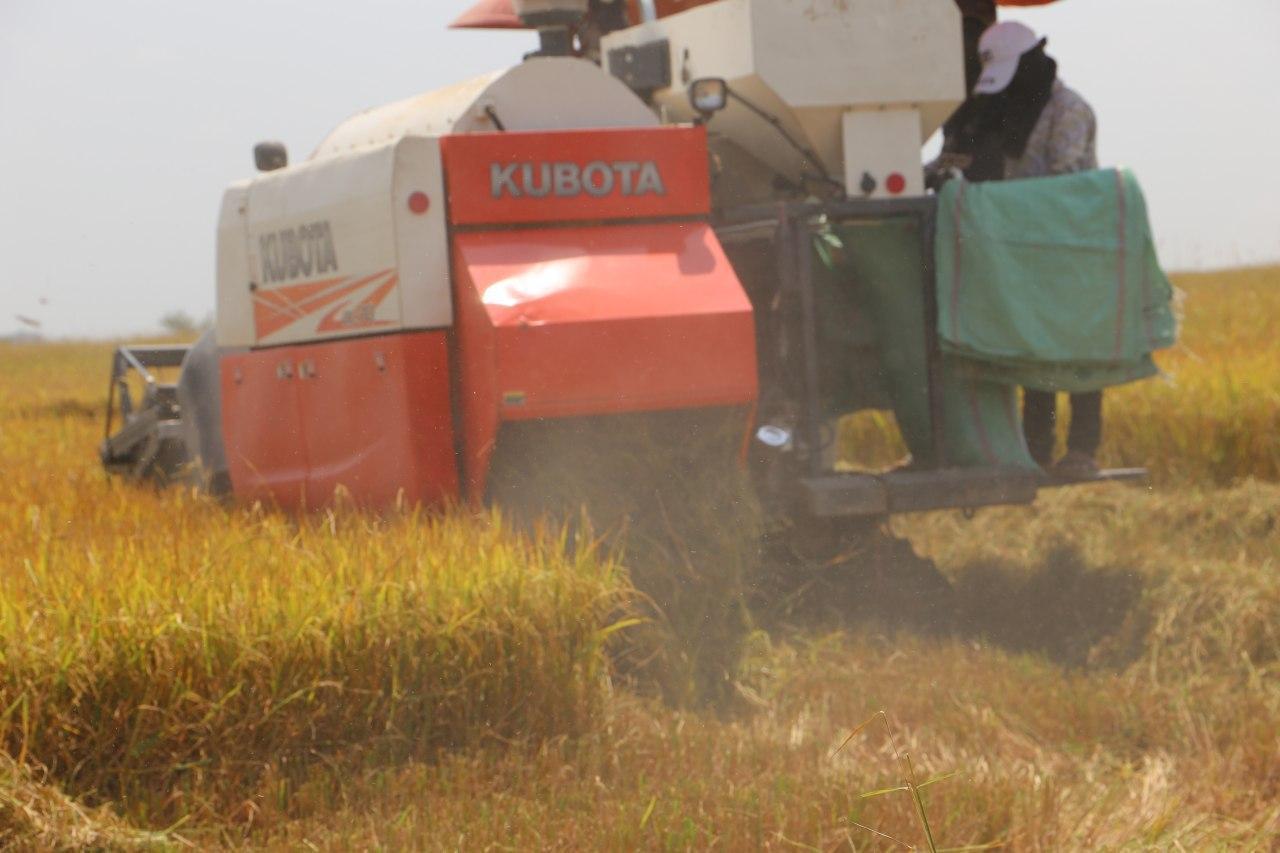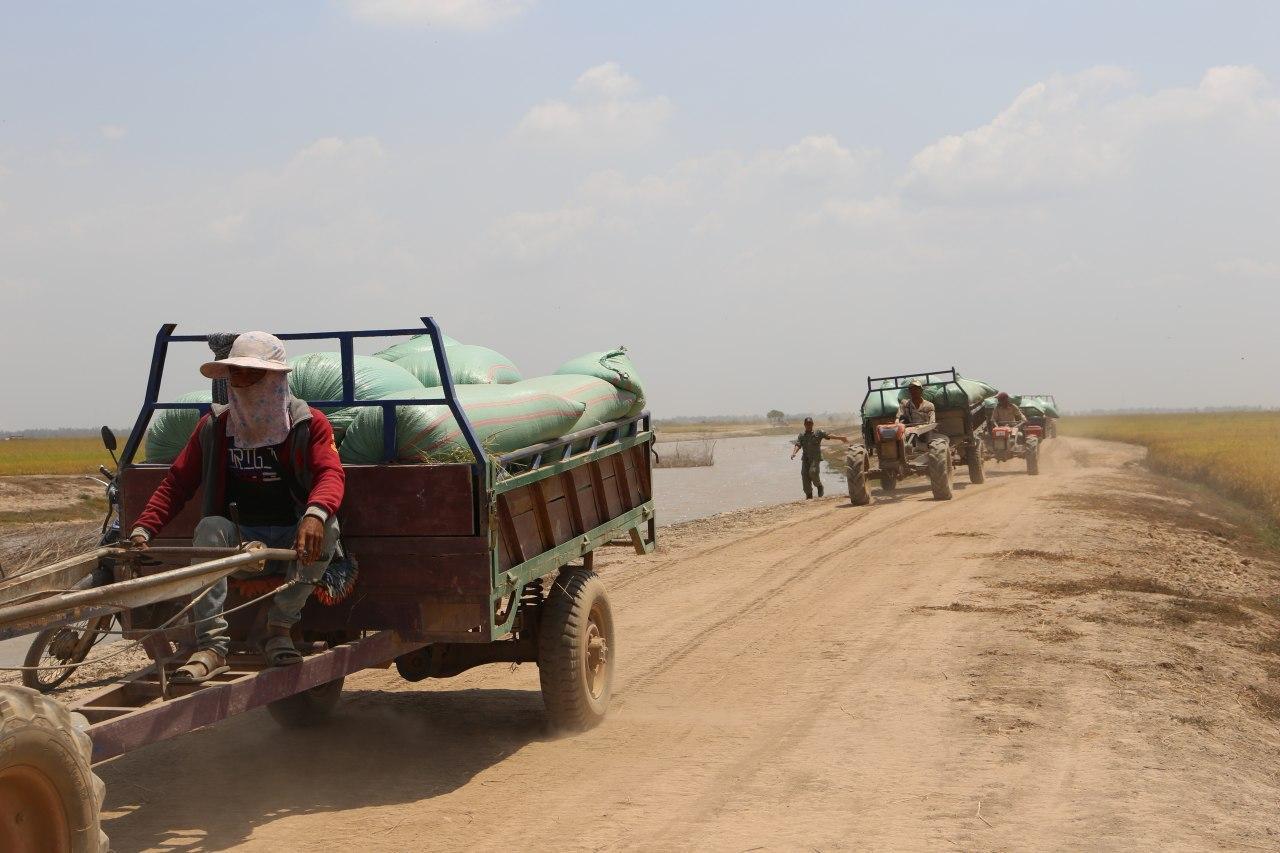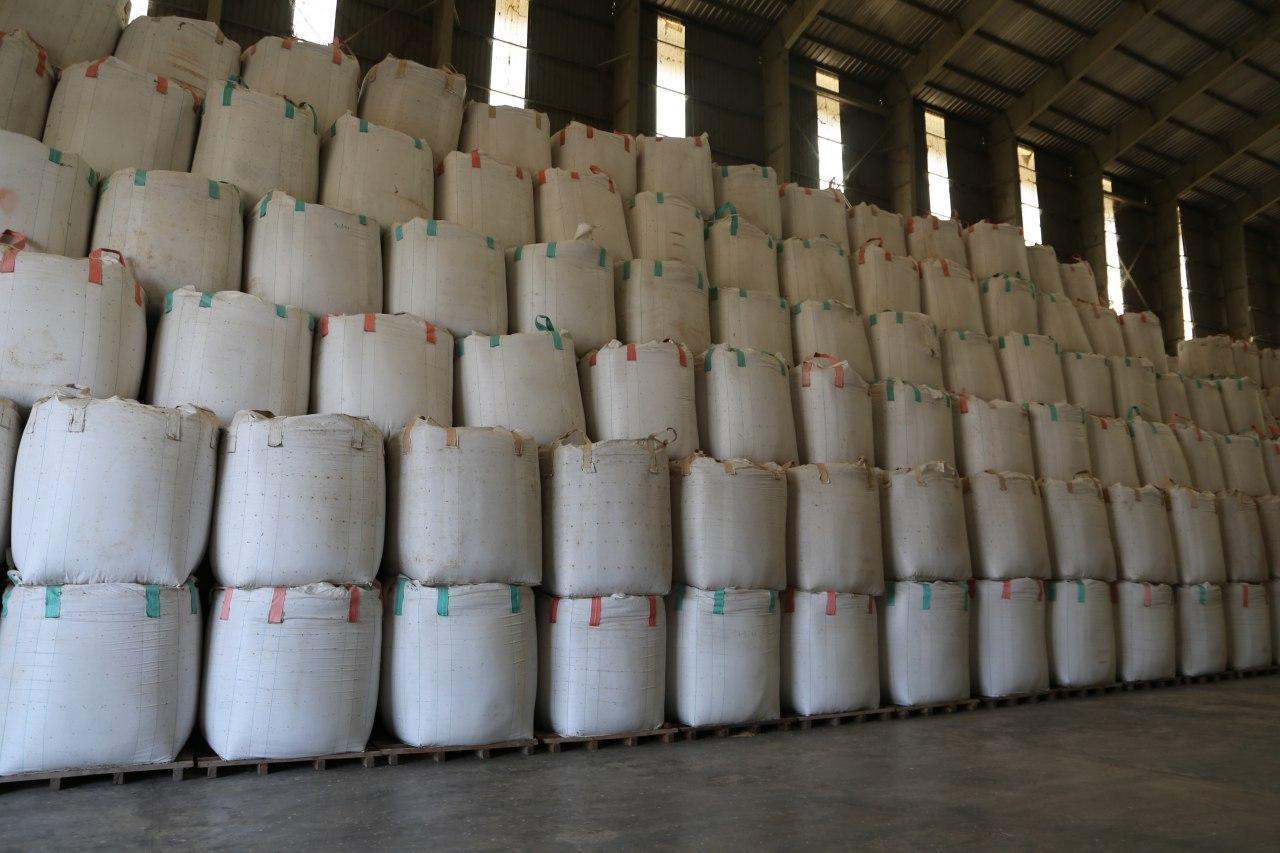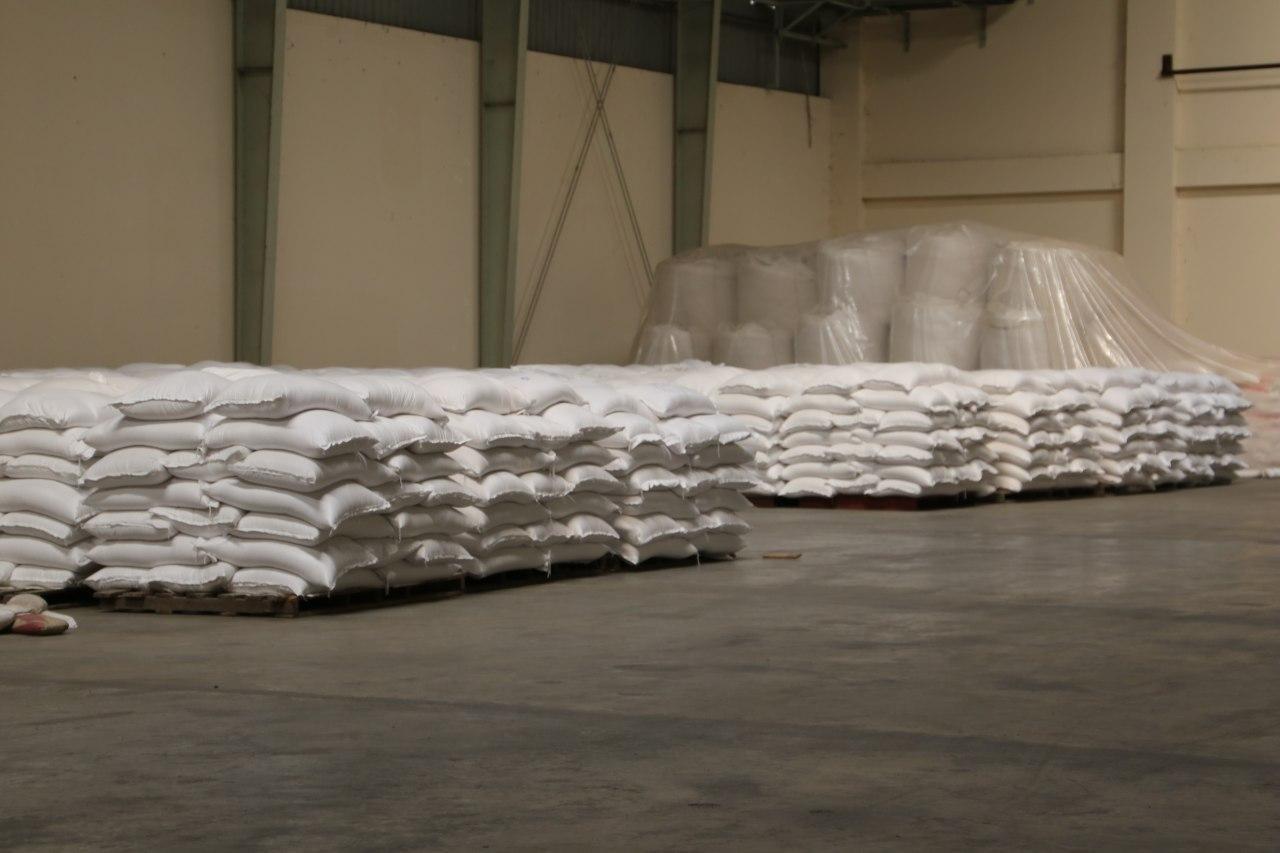Phnom Penh (FN), Aug. 15 – Free Trade Agreement, or FTA, is an agreement on tax exemption made between two countries. This agreement will facilitate tax barriers and goods restriction that can be understood as a free market economy or in the sense of an inclusive economy.
The FTA is not only an agreement on the exemption of tariff barriers, but also covers many other areas, including services, investment, trade facilitation, and the elimination of non-tariff barriers.
Since the FTA offers a huge market between such countries, Cambodia and China announced the completion of feasibility study on FTA in last July. The study was made possible following the initiative between the two countries' leaders in 2019 when Cambodian Prime Minister Hun Sen met Chinese Prime Minister Li Keqiang on 20-23 January 2019 in Beijing.
The bilateral FTA aims to expand trade, investment, services, and cooperation, with a total two-way trade expected to hit USD 10 billion by 2023.
According to Secretary of State at the Ministry of Commerce Sok Sopheak, after the Cambodia-China FTA came into effect, Cambodia's exports to China will increase by approximately 25 percent. In 2019, Cambodia's exports to China reached USD 1 billion and nearly USD 7 billion on imports.
"Once the study is complete, Cambodia expects to increase about 25 percent of exports. The figure rose slightly for both Cambodia and China. The growth rate was almost the same. Our economy depends on imports, productions, processing, and exports. If we have local factories like, a steel, a zinc, a tile and a porcelain-making factory, it is great; yet in fact, we need to import materials too. So both imports and exports increase,” said Sok Sopheak.
Commerce Secretary of State Sok Sopheak underlined that most of the goods that Cambodia imports from China are machineries and other goods that serve the construction sector, which do not harm the interests of the Cambodian people. Under the FTA, Cambodia will be able to export 95 percent of its goods to China, totaling more than 340 items, speaking in the press conference on "Results of the Negotiations for the Establishment of the Cambodia-China Free Trade Agreement" organised by the Office of the Royal Government Spokesperson on 28 July 2020.
"We have markets to export about 340 items or more to China, and 95 percent of the items will be immediately exempted from taxes, meaning 0 percent, and the remaining 5 percent of the items have to wait for the next year 10 years to be exempted,” he claimed.
Dr. Ky Sereyvath, Director of China Study Center of the Royal Academy of Cambodia, said Cambodia-China FTA is another smart move of the Royal Government of Cambodia to establish a new trade pole apart from Europe and the United States, helping Cambodia to escape the economic pressure of the Western powers.
"We cannot be overly dependent on one source, for example, Everything But Arms (EBA), which to be suspended in August. When the EBA is suspended, it means that the United States is the only choice for Cambodia after Europe. But now Cambodia does not depend on the United States alone, as the Kingdom has China as the alternative, meaning that Cambodia has more economic poles and diverse market,” said Sereyvath.
He continued that “If we just stick to a single economic pole, we will be under economic pressure from the powerful countries. Thus, the Royal Government of Cambodia is drifting apart from the economic pressure by exploring new economic pole instead of exporting to just a single market.
The economist also added that the Cambodia-China FTA would give Cambodia six major opportunities for sustainable development.
"The Cambodia-China FTA is designed to diversify Cambodia’s industry besides garment sector alone. Second, we can attract investment on agricultural and agro-commercial products. Third, the government should improve the laws and regulations related to this free trade; otherwise, our productions will be limited. Fourth, development of infrastructure, especially cooperation with China under the Belt and Road Initiative, yet the government needs to pin the strategic locations.”
Sereyvath continued that, “the other point is related to online business opportunities. When we talk about trade with China, we must think of operating business online. China’s technology 4.0 is moving faster than the rest of the world.
“Another point is investment opportunities with the third countries. The FTA agreement not only focuses on the investment with China, but also with the third countries that come to our country to manufacture goods and export to China. It is the same for China to manufacture goods in our country and export them to Europe [under EBA]. When we enjoy EBA, China, Korea and Japan came to Cambodia to manufacture goods and export them to Europe, so China gives us the opportunity to attract other countries to manufacture goods in Cambodia to export to China as well. Finally, we will receive better technology and techniques for our manufacturing enterprises.”
Dr. Sok Touch, President of the Royal Academy of Cambodia and a researcher on trade issues between Cambodia and China, highly commended the Cambodia-China Free Trade Agreement, yet he is concerned that if Cambodia is not yet ready, Cambodia would not potentially gain from this free trade.
Cambodia-China FTA is scheduled to be officially signed by leaders of the two countries in end of August 2020. Dr. Sok Touch has recommended that in order for Cambodia to take full advantage of the FTA, five ministries must work together to boost Cambodia's production in response to this free trade agreement and enable Cambodia to become the second Singapore.
According to Dr. Sok Touch, the relevant ministries that are required to work harder include the Ministry of Commerce, the Ministry of Education, Youth and Sports, the Ministry of Labor and Vocational Training and the Ministry of Agriculture, Forestry and Fisheries.
Dr. Sok Touch stated: "We have to be ready, as the Ministry of Commerce has paved way for the agreement with China. Commerce has the role to find market [for Cambodian products], but the other five ministries have to be well prepared; never overlook. I believe we have more markets, not only markets of China, but also Japan and South Korea. The more we open our markets, the better opportunities we become the second Singapore.”
In addition to promoting cooperation between relevant ministries and institutions, Dr. Sok Touch also raised a number of challenges that make it difficult for Cambodia to take advantages of the free trade. Challenges include physical infrastructure; production facilities; higher transportation costs compared to neighboring countries; a lack of human resources in heavy and medium industries; and a lack of modern technology.
Dr. Sok Touch said, “They are not afraid to invest in Cambodia, but we have to play roles in transportation first; second, the bureaucracy shall be eliminated; and third, skills. It is impossible without all these things. And another is electricity.”
In addition, Touch also warned of the goods made by neighboring countries but labeled “Made in Cambodia” and exported to China. This issue is a huge loss for Cambodia, he said.
It is worth noting that after the signing of the FTA, Cambodia will export more than 340 items to China, and 95 percent of those goods will be taxed at 0 percent. The remaining 5 percent of item will be exempted in the next 10 years. As for the goods that the Chinese side is taxing from Cambodia include various types of machinery and vehicles. China does not want to import products that affect domestic products. However, the taxation of these goods is not a problem for Cambodia. The Kingdom is not a country that produces all the above products, according to Sok Sopheak, Secretary of State of the Ministry of Commerce.
Sopheak said most of the goods that are on the tax-exempted list to China are chemical minerals for industrial use, as well as plastics for assemblies and exports.
Apart from FTA with China, the Ministry of Commerce has set up a working group to develop policies and strategies to negotiate FTA with South Korea, UK, US, Japan, Mongolia, India, and the Eurasian Economic Union, which has five members including Armenia, Belarus, Kazakhstan, Kyrgyzstan and Russia. The Ministry of Commerce has set up a working group for all of these targets.
It is worth noting that China is the largest source of foreign direct investment, tourism, and trading partner. In 2018, the bilateral trade volume between Cambodia and China totaled about USD 6.5 billion, an increase of 15 percent compared to 2017, which was worth only USD 5.6 billion. In 2019, the total trade volume between the two countries reached USD 8.2 billion, an increase of 27 percent from 2018.
=FRESH NEWS
